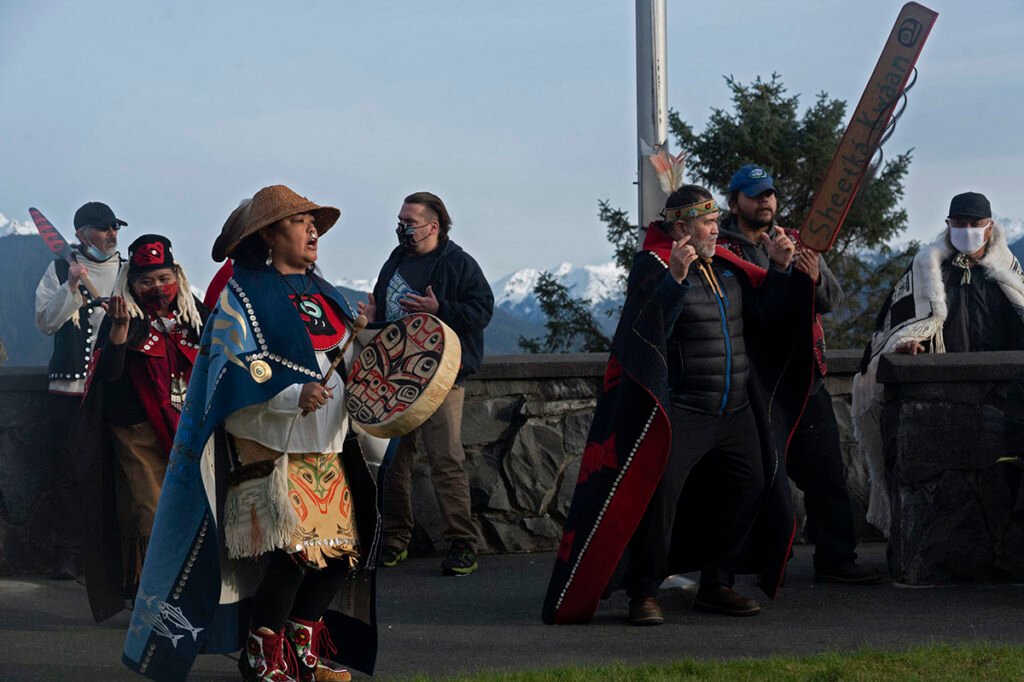Every June 28th, the United States marks National Alaska Day to celebrate the 49th state’s unique history, breathtaking beauty, and enduring spirit. Alaska boasts a rich tapestry woven over thousands of years. Evidence suggests human habitation in the region dates back to around 10,000 BCE. The indigenous peoples of Alaska, including the Inupiat, Yupik, Aleut, and Athabascan tribes, thrived with their languages, traditions, and ways of life, deeply connected to the land.
In 1741, Vitus Bering, a Danish navigator, became the first European to set eyes on Alaska. Soon after, Russian explorers and settlers established trade routes and missionary outposts, marking the start of a new chapter in the region’s history.
In 1867, a pivotal moment arrived. The United States purchased Alaska from Russia for $7.2 million, nicknamed “Seward’s Folly” but later recognized as one of history’s most impactful real estate transactions.
Today, Alaska is a vibrant state. Its diverse economy encompasses oil production, fishing, tourism, and aerospace. Beyond its economic significance, Alaska continues to captivate with its awe-inspiring natural landscapes—from towering mountains and glaciers to vast forests and stunning coastlines. The state also fosters strong independence and resilience, which is evident in its close-knit communities and enduring spirit.
National Alaska Day serves as a reminder to appreciate the rich cultural heritage, breathtaking beauty, and unwavering spirit that define the 49th state.









